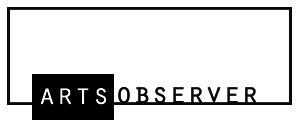HAVANA—One of the most plentiful sites for viewing art during the Havana Biennial was La Cabana, an 18th century fortress located on the eastern side of Havana Harbor and accessed via an underground/underwater roadway.
Construction of the La Cabana fortress complex began in 1763 by Spain which had colonial control of Cuba at the time and was completed in 1774. Over the next 200 years, it was used as a military base and prison by Spain and later an independent Cuba. Che Guevara captured the fortress in 1959 and used it as a headquarters and prison during several months of the Cuban Revolution.
Although the venue, composed of several masonry, concrete and stucco buildings, was extremely hot and humid inside and out on the sunny early June afternoon when Arts Observer visited, the diverse selection of contemporary art on view at the fortress was one of the highlights of the biennial. Kcho Estudio created many of the installations in one building, but there were also contributions from many others—all Cuban artists it appeared—throughout the site in the form of interpretative installations and also more traditional gallery-style exhibitions.
Among the more compelling works: Arles del Rio’s baseball glove installation about unfulfilled dreams; “Human Capital” by Jorge Lopez Pardo which depicts human beings packed in stacked shipping crates; and Kcho Estudio’s series of wood boats called “The Conversation” and room full of suspended, “swimming” sharks in human clothing.
View more coverage of the 11th Havana Biennial.
All photos by Arts Observer
